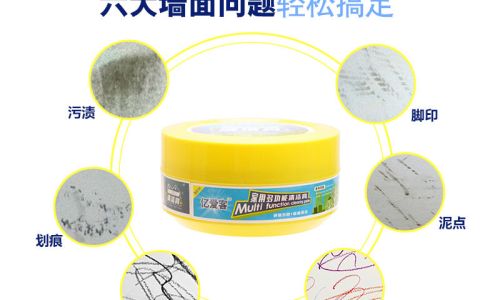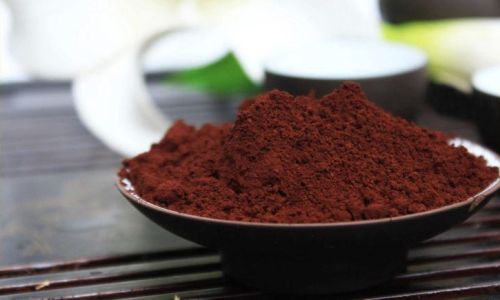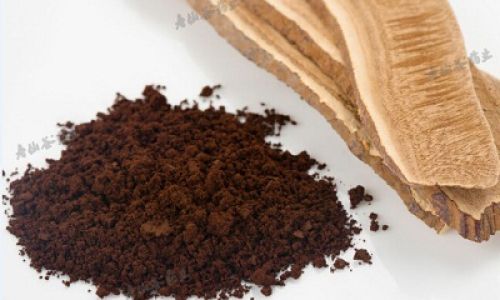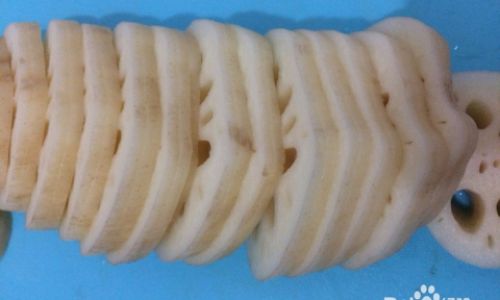Table of content
Introduction
Latex paint is a popular choice for interior walls due to its durability, ease of application, and breathability. However, despite its resilience, latex paint walls can still become stained over time. From kids’ artwork and handprints to water spots and grease marks, stains on latex paint can detract from the overall aesthetics of your home. The good news is that with the right techniques and cleaning supplies, you can restore your walls to their pristine condition without damaging the paint. This article will provide comprehensive guidance on how to effectively clean stains on latex paint walls, ensuring your living space remains beautiful and inviting.
Understanding Latex Paint and Common Stains
Before diving into cleaning methods, it’s essential to understand the nature of latex paint and the types of stains it commonly encounters. Latex paint is water-based and known for its flexibility and good coverage. It dries to form a durable, washable surface that can withstand mild cleaning solutions. However, harsh chemicals or abrasive scrubbing can damage the paint’s finish, leading to fading, peeling, or discoloration.
Common stains on latex paint walls include:
- Water Spots: Caused by leaks, spills, or condensation.
- Grease and Oil Stains: Resulting from cooking, food preparation, or oily fingerprints.
- Dirt and Dust: Accumulated over time, especially in high-traffic areas.
- Ink and Marker Stains: Often from children’s drawings or accidental spills.
- Mold and Mildew: Growth due to humidity or water damage.
- Blood Stains: Typically from minor accidents.
Preparing for Cleaning
Before starting the cleaning process, ensure you have the necessary tools and supplies:
- Soft, microfiber cloths or sponges: Avoid abrasive materials that could scratch the paint.
- Mild, non-abrasive cleaning agents: Such as warm water mixed with a few drops of gentle dish soap or a specific wall cleaner designed for latex paint.
- White vinegar or baking soda: Natural, gentle alternatives for stubborn stains.
- Soft-bristle brush or toothbrush: For getting into tight spaces or scrubbing delicate areas.
- Clean, dry cloths: For wiping away excess moisture and cleaning solution.
- Protective gear: Gloves and goggles to protect your skin and eyes from cleaning chemicals.
- Test area: Always start with a small, inconspicuous area to ensure the cleaning solution doesn’t damage the paint.
Cleaning Techniques for Different Stains
Water Spots
For water spots, use a damp cloth with warm water. Avoid using too much water, as excess moisture can cause the paint to bubble or peel. Gently dab the spot, working from the outer edge towards the center to prevent spreading. If the spot persists, mix a mild solution of warm water and a few drops of gentle dish soap. Apply with a soft cloth, rinse with a clean, damp cloth, and dry thoroughly.

Grease and Oil Stains
Grease and oil stains require a bit more elbow grease. Start by blotting the stain with an absorbent cloth to remove excess oil. Then, create a paste using baking soda and water. Apply the paste to the stain, gently scrubbing with a soft-bristle brush or cloth. Let it sit for a few minutes before rinsing with a damp cloth and drying. For stubborn stains, you can try a solution of equal parts white vinegar and water, but be cautious as vinegar can sometimes affect paint color.
Dirt and Dust
Regular dusting and wiping down walls with a dry, microfiber cloth can prevent dirt and dust build-up. For heavier soiling, use a damp cloth with warm water and a few drops of gentle dish soap. Avoid soaking the walls, as excess moisture can be harmful. Always wipe in the direction of the wood grain or texture if your walls have a textured finish.
Ink and Marker Stains
Ink and marker stains can be tricky but are manageable with the right approach. Start by using a dry, eraser-like cleaning tool designed for walls or a soft cloth to gently lift the stain. If that doesn’t work, try a mild cleaning solution of warm water and a few drops of gentle dish soap. For stubborn ink stains, you might need to use a specialized ink stain remover, but always test it on a small, hidden area first.

Mold and Mildew
Mold and mildew growth indicates a moisture problem that needs addressing. First, fix any leaks or sources of humidity. Then, use a solution of one cup of bleach mixed with one gallon of water to kill the mold and mildew. Wear protective gear and ensure good ventilation. Apply the solution with a sponge or soft cloth, scrubbing gently. Rinse thoroughly with clean water and dry the area completely.
Blood Stains
Blood stains should be treated promptly to prevent staining. Start by rinsing the area with cold water to prevent the blood from setting. Use a mild cleaning solution of cold water and a few drops of gentle dish soap. Apply with a soft cloth, blot gently, and rinse. If the stain persists, you can try a hydrogen peroxide-based cleaner, but again, test it first in a hidden area.
Post-Cleaning Care
After cleaning, ensure the wall is thoroughly dried to prevent any moisture-related issues. Keep in mind that frequent cleaning, especially with water-based solutions, can gradually wear down the paint’s finish. To maintain your walls’ appearance, consider periodic touch-ups with matching latex paint.

Additionally, prevent future stains by addressing potential sources of spills, leaks, and humidity. Use coasters and placemats, install splash guards in the kitchen, and keep an eye out for any signs of water damage. Regularly dust and vacuum walls, especially in high-traffic areas, to keep dust and dirt from building up.
Conclusion
Cleaning stains on latex paint walls doesn’t have to be a daunting task. With the right tools, cleaning solutions, and techniques, you can restore your walls to their original beauty without damaging the paint. Remember to always test cleaning solutions on a small, inconspicuous area, work gently to avoid scratching the paint, and address the root causes of stains to prevent future occurrences. By taking proper care of your latex paint walls, you can enjoy a beautiful, inviting living space for years to come.






0 comments